Coronavirus: Michael McCormack’s push to reopen borders, put planes in the sky
Michael McCormack is pushing state and territory leaders to reopen borders and get more planes in the air to protect key domestic routes in the budget.
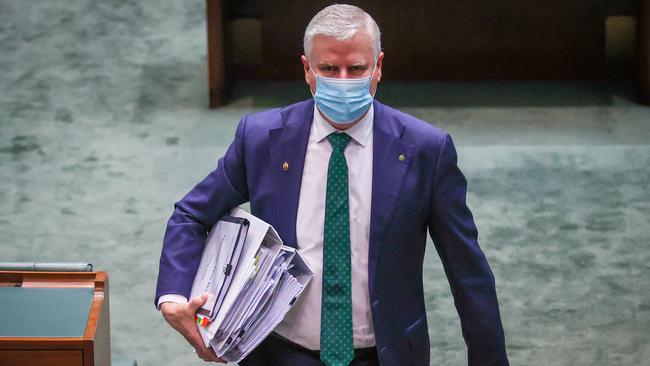
Michael McCormack is pushing state and territory leaders to remove COVID-19 border closures and get more planes in the air, as the federal government moves to protect key domestic routes in the budget.
Ahead of the October 6 budget, the Deputy Prime Minister on Monday will announce an extension of regional and domestic aviation subsidies to support vulnerable regional travel hubs and jobs in the tourism and aviation sectors.
The expansion of the domestic and regional aviation network support programs, which have provided $150m in assistance since April 17 under a $1.3bn federal aviation package, will be demand-driven and focus on driving economic growth ahead of welfare-support measures being phased-out.
The Morrison government is finalising contracts with airlines, which will see funding increase by hundreds of millions, to meet the shift in demand as the bulk of coronavirus restrictions ease before Christmas.
The Transport Minister urged the states and territories to “do their bit” and said “planes in the air mean jobs on the ground”.
“We acknowledge the disruption caused by current border arrangements has made life difficult in the aviation industry, with cancelled flights, refunds and passenger frustration,” Mr McCormack said.
“Uncertainty affects the ability of airlines and airports to plan for recovery and undermines consumer confidence, which amounts to a significant cost to industry and ultimately the Australian economy.
“The federal government is doing our bit by underwriting these flights to maintain minimum connectivity, now we need the states and territories to do their bit too as we again encourage the continued easing of border restrictions.”
Under the budget commitment, the Domestic Aviation Network Support program will be extended until January 31, and the Regional Airline Network Support program will remain in place until March 28.
The support programs operate on a shortfall subsidy basis, with the Commonwealth paying for any costs not covered by airline revenues.
Under the terms of contract with major domestic carriers, airlines are required to ensure that ticket and freight pricing is commercially reasonable. Regional airlines must provide pricing similar to what was in place before the COVID-19 pandemic.
The top 50 busiest domestic routes pre-pandemic are currently being supported, with regional subsidies facilitating up to 270 weekly return services on 114 routes accessing 111 regional and remote locations.
As at September 17, the Commonwealth was supporting domestic routes connecting major regional cities and towns with Sydney, Melbourne, Brisbane, and Adelaide. The subsidised routes are heavily focused on connecting popular tourism hubs with capital cities, including Hamilton Island, Hervey Bay, Cairns, Kangaroo Island, Ballina, Port Macquarie, King Island and the Gold Coast.
Mr McCormack said “prior to the pandemic, one in four Australians would travel by air to visit friends or family every year”.
“By underwriting key routes, we are providing the opportunity for Australians to do just that,” he said.
The Nationals leader said maintaining flights to regional communities were “central to local economies, underpinning many small businesses including tourism operators, while ensuring continued access to key medical supplies and personnel”.
“We know regional tourism will help drive Australia’s economic recovery and … further support for key routes will be a big boost to local economies.”
The government expects it will need to continue supporting most routes currently covered under the programs.
The aviation package, which follows a $250m regional tourism boost announced on the weekend, was originally intended to maintain major domestic routes through the pandemic and ensure regional and remote communities continue receiving essential air services.
A key focus of the programs to date was focused on moving essential workers and freight, and protecting direct and indirect aviation employment across the country.


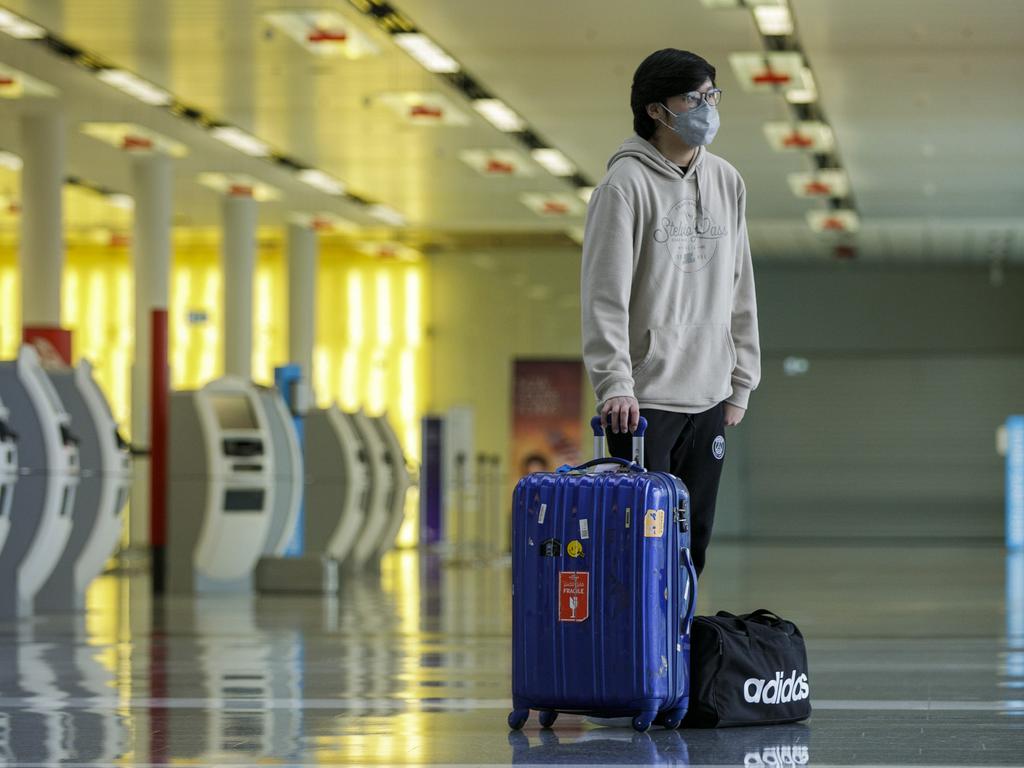
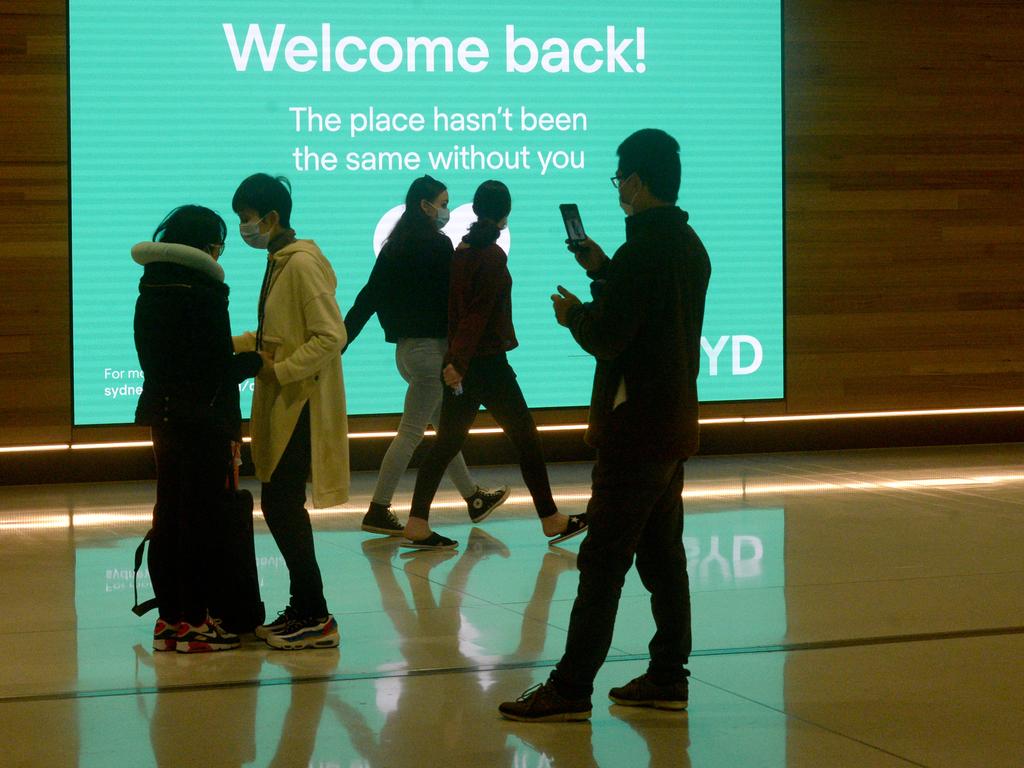

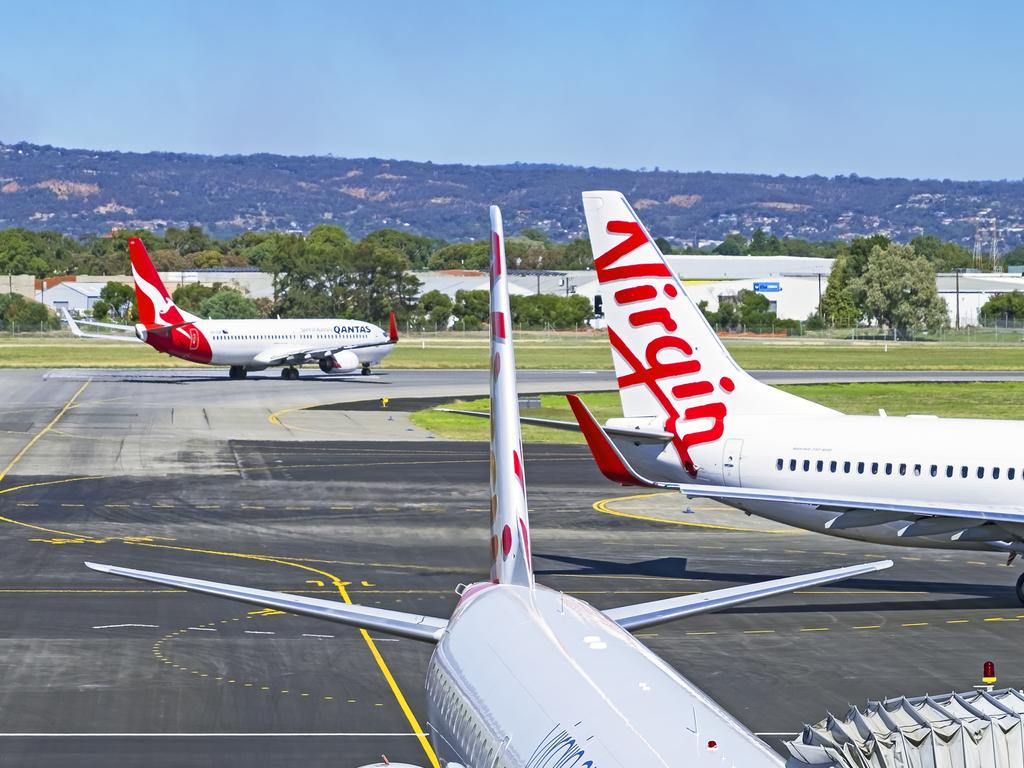
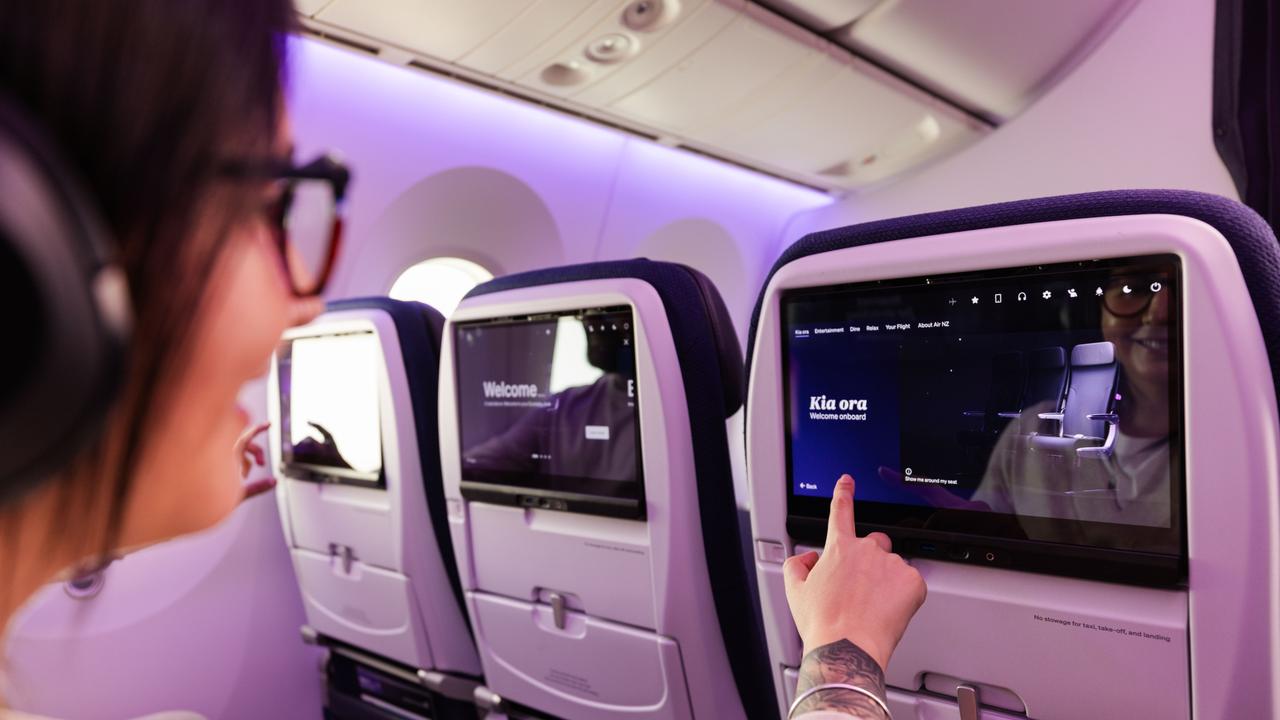
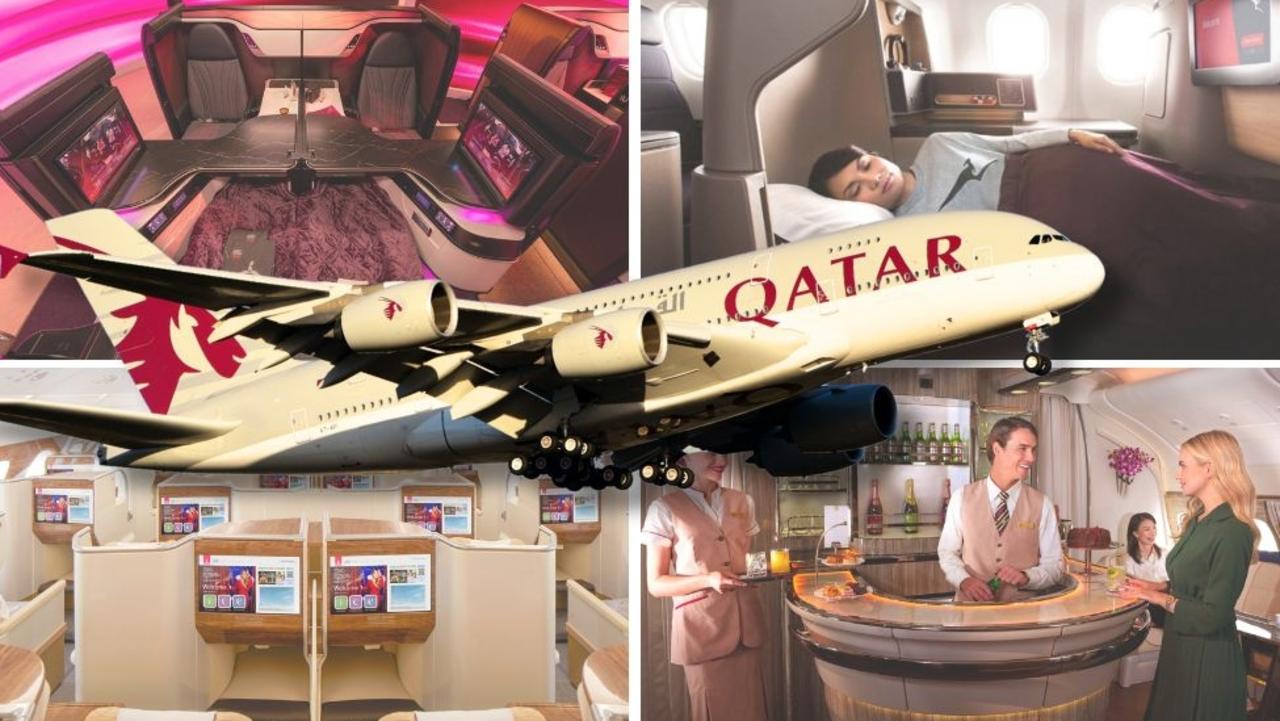
To join the conversation, please log in. Don't have an account? Register
Join the conversation, you are commenting as Logout